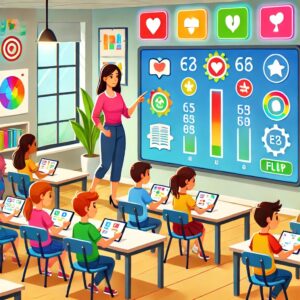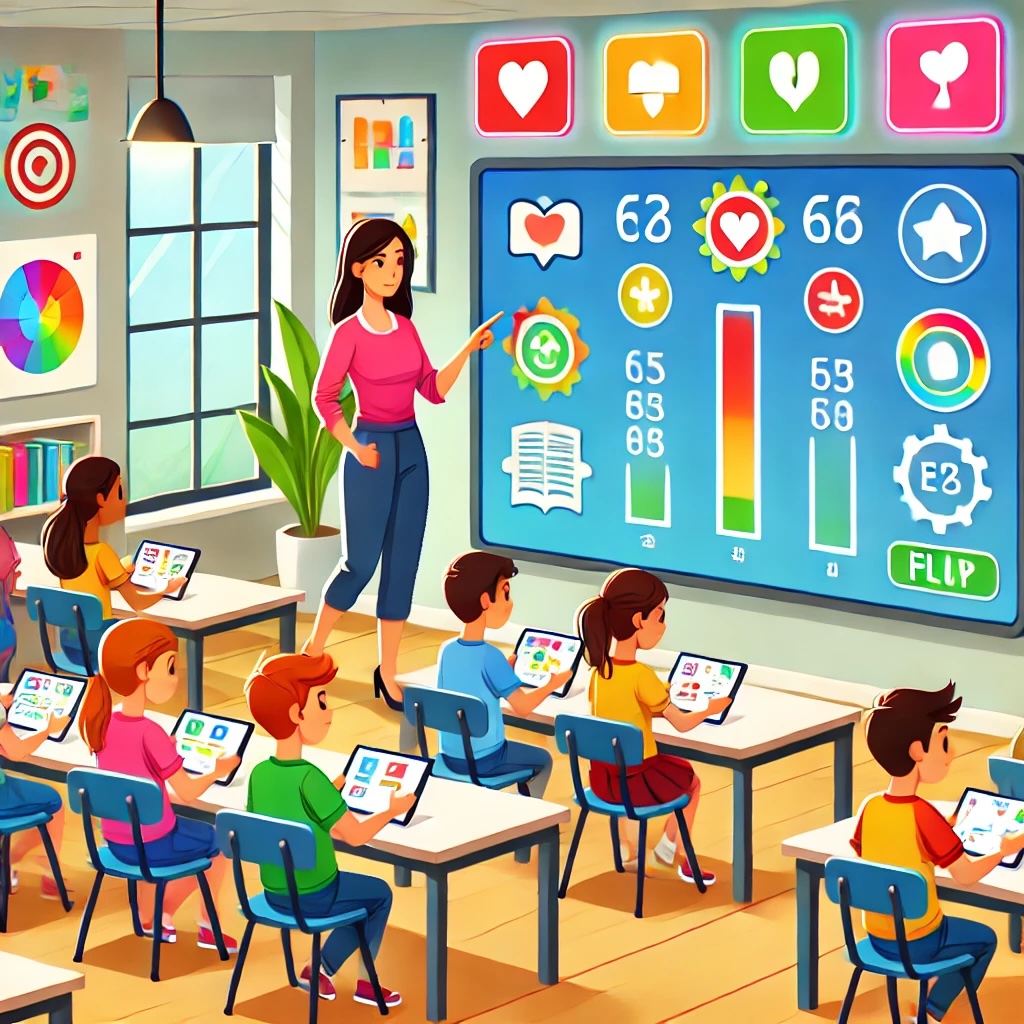 Gamification in Schooling: The Transformative Secret You Didn’t See Coming
Gamification in Schooling: The Transformative Secret You Didn’t See Coming
When we hear the term “gamification in schooling,” many of us imagine students playing video games in class or perhaps schools turning into entertainment centers. However, the real power of gamification lies far beyond flashy graphics or competitive leaderboards. Gamification in schooling is about leveraging the principles of game design to create an engaging, motivational, and enriching educational experience.
Why Gamification in Schooling Works
At its core, gamification taps into the fundamentals of human nature. People are naturally driven by rewards, achievements, and a sense of progress. When applied to education, these principles can:
- Enhance Motivation: Students feel a sense of accomplishment when they “level up” or achieve milestones.
- Encourage Persistence: Gamified systems often reward consistent effort, turning the fear of failure into an opportunity to try again.
- Build Engagement: By making lessons interactive and fun, students stay interested and focused.
- Get Students Excited Again about a subject! By using the higher emotions associated with games, such as strong interest and excitement or enthusiasm, we can use that to prevent apathy and boredom.
It’s Not Just Playing Games
A common misconception is that gamification simply means adding games to the curriculum. In reality, it involves embedding game mechanics into the learning process. For example:
- Progress Bars and Levels: Instead of traditional grades, students might see a progress bar showing how close they are to mastering a subject.
- Quests and Challenges: Assignments can become “quests” where students solve real-world problems or collaborate with peers to “unlock” the next phase.
- Badges and Rewards: Completing specific tasks earns badges or recognition, fostering a sense of achievement.
These elements don’t just entertain—they transform learning into an active and rewarding journey.
Real-Life Success Stories
Schools worldwide are integrating gamification with remarkable results:
- Duolingo-Style Language Learning: Apps that teach languages using points, streaks, and rewards are proving more effective than traditional methods.
- STEM-Based Challenges: Robotics programs and coding challenges that use competition as a motivator lead to higher engagement and skill retention.
- Personalized Learning Paths: Gamified systems adapt to each student’s pace, ensuring no one is left behind or bored.
Explore tools and resources to transform learning at SmartBubblegum.com.
The Transformative Potential
Gamification in Schooling isn’t about replacing traditional education; it’s about enhancing it. By integrating game mechanics, educators can create an environment where students don’t just memorize—they immerse themselves in learning.
Imagine a classroom where students eagerly look forward to math because they’re part of a team racing to build a virtual city. Or a science lesson where solving physics puzzles unlocks pieces of a larger experiment. This is the future gamification envisions—a system that excites and inspires.
Addressing Emotional Tones in Learning
Students enter classrooms with a wide range of emotional states about the subject. They may be angry, bored, disinterested, or even in grief, making it challenging to engage them. Conversely, they can also experience mild interest, strong enthusiasm, or genuine excitement about a subject. Gamification helps to elevate these emotional states by naturally encouraging higher tone levels through immersive and engaging activities.
Games are designed to evoke curiosity, spark joy, and promote a sense of achievement—emotions that reside at the higher end of this spectrum. By incorporating these positive tone levels into education, gamification ensures that students associate learning with enthusiasm and success rather than frustration or apathy. This shift is crucial in creating a classroom atmosphere where students are motivated to participate and excel.
Overcoming Challenges
While gamification in schooling holds immense promise, it’s not without hurdles. Schools must ensure:
- Equity: Gamified tools should be accessible to all students, regardless of socioeconomic status.
- Balance: Fun shouldn’t overshadow foundational skills and critical thinking.
- Training: Educators need support to design and implement gamified systems effectively.
For more examples and insights, check out Edutopia’s article on gamification.
A Secret Worth Sharing
Gamification in schooling is more than a trend; it’s a movement. It redefines how we think about education, making it an experience students cherish. It’s not about adding bells and whistles—it’s about fundamentally reshaping learning to be as rewarding and engaging as it is enlightening.
The secret is out, and the future of education has never looked more exciting. Are you ready to level up?

